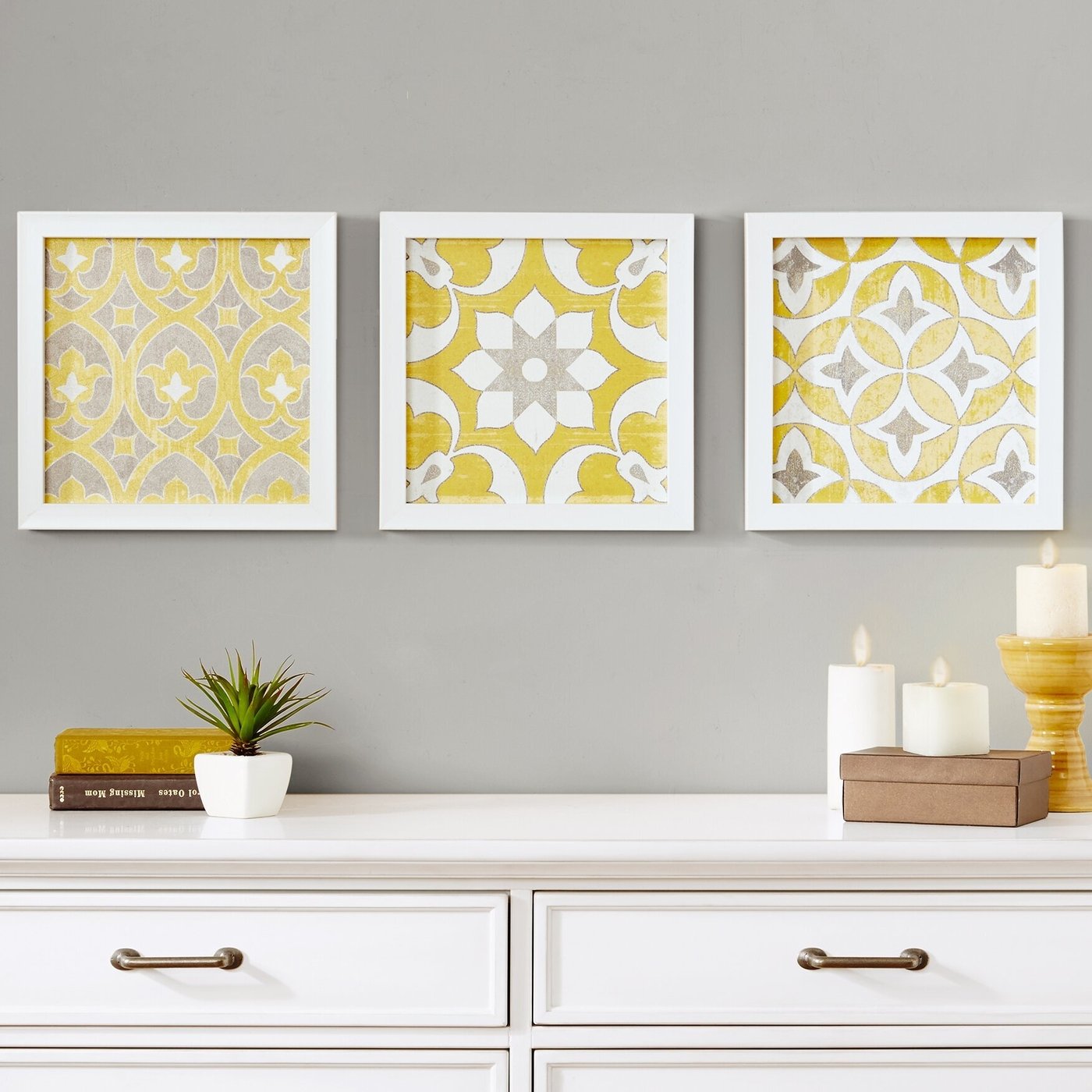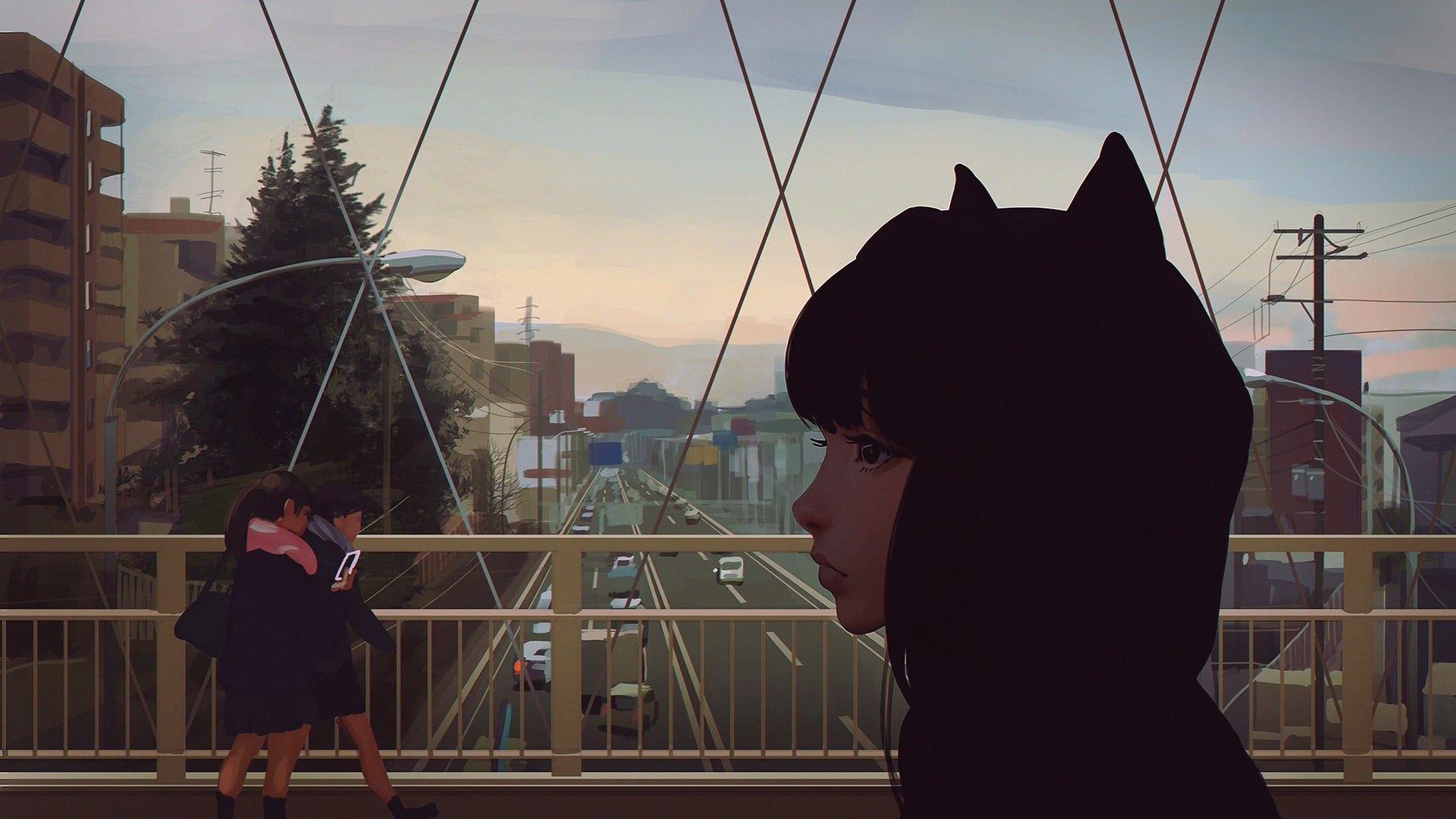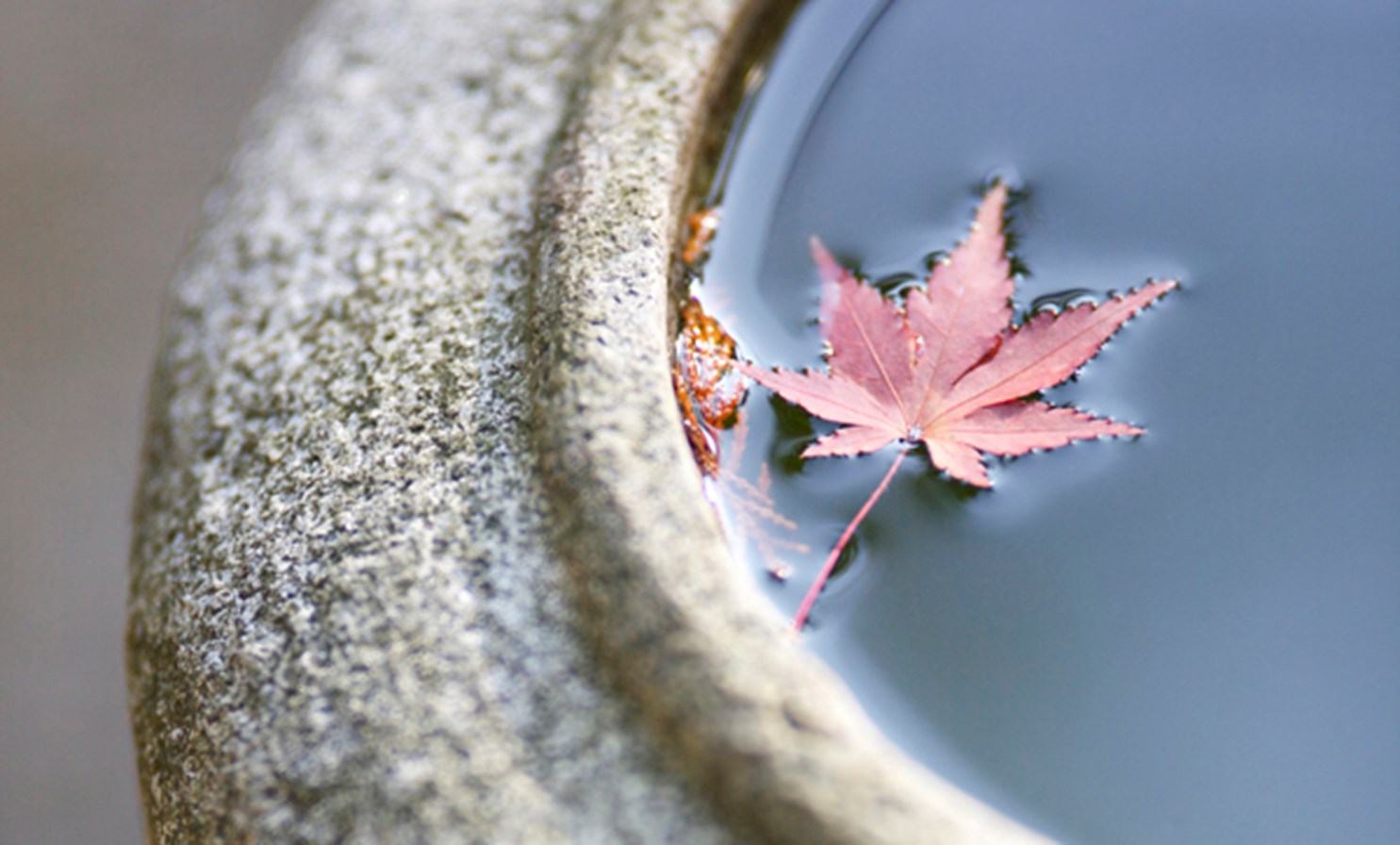
How To Choose A Right Abstract Handmade Painting For Your Family?
Choosing an abstract art painting for your home can be a fun and rewarding process. Here’s a detailed guide to help you make an informed decision:
- Brief History of Abstract Art
Origins: Abstract art emerged in the early 20th century as artists began to move away from representational forms. It was driven by the desire to express emotions and ideas in a non-literal way.
Key Figures:
- Wassily Kandinsky: Often considered a pioneer, Kandinsky believed that art should express the artist’s inner emotions. His work is characterized by vibrant colors and dynamic forms.

- Piet Mondrian: Known for his grid-based compositions and use of primary colors, Mondrian's work aimed for purity and clarity in abstraction.

- Jackson Pollock: A major figure in the abstract expressionist movement, Pollock's drip paintings emphasized the act of painting itself and the subconscious.

Development: Throughout the 20th century, abstract art continued to evolve with movements like Abstract Expressionism, Minimalism, and Color Field painting, each adding new dimensions to the genre.
- Major Trends in Abstract Art
Abstract Expressionism (1940s-1950s): Focused on spontaneous, automatic, or subconscious creation. Think of the work of artists like Mark Rothko and Willem de Kooning.

ABSTRACT MODERN PAINTING #CMXJ-CXXD-004 (artondecor.com)

ABSTRACT TEXTURED PAINTING #FLD-CX-006 (artondecor.com)
Minimalism (1960s): Characterized by simplicity and the use of minimal elements. Artists like Donald Judd and Agnes Martin emphasized clean lines and basic forms.

WABI SABI MINIMALISM PAINTING #CMXJ-CJ-001 (artondecor.com)

MINIMALISM ABSTRACT PAINTING #FLD-JJ-003 (artondecor.com)
Color Field Painting (1950s-1960s): Features large areas of a single color or subtle gradients. Mark Rothko and Ellsworth Kelly are notable for this style.

MINIMALISM ABSTRACT PAINTING #CMXJ-006 (artondecor.com)

ABSTRACT TEXTURED PAINTING #FLD-CX-004 (artondecor.com)
Contemporary Trends: Modern abstract art often incorporates digital media, mixed media, and new techniques. Artists are increasingly exploring themes of identity, technology, and environmental issues.

MODERN ABSTRACT PAINTING #CMXJ-CXXD-003 (artondecor.com)

ABSTRACT MODERN PAINTING #CMXJ-CXXD-005 (artondecor.com)
- Evolving Taste of the New Generation
Digital Influence: With the rise of digital media, younger generations are drawn to art that incorporates or is inspired by digital aesthetics. There’s an increased interest in artworks that play with technology or incorporate digital effects.
Personalization and Customization: New generations value personal expression and often seek art that reflects their individual tastes and experiences. Custom or commissioned pieces are becoming more popular.
Sustainability: There's a growing interest in eco-friendly materials and practices. Young collectors are looking for artworks that align with their values, including sustainability.
Diverse Perspectives: Contemporary abstract art often reflects a broader range of cultural and social perspectives, which resonates with younger audiences who value diversity and inclusivity.
- Selecting Abstract Paintings for Different Rooms
Living Room:
- Size and Scale: Choose a piece that complements the scale of the room. Large, bold abstracts can serve as a focal point.
- Color Palette: Consider the existing color scheme of your living room. Abstract art can either match or contrast with your decor. For a cohesive look, match the painting’s colors with your room’s accents.
- Style: Depending on the mood you want to create, you might opt for something vibrant and energetic or something more subdued and calming.

ABSTRACT MODERN PAINTING #CMXJ-CXXD-001 (artondecor.com)
Dining Room:
- Theme and Atmosphere: Abstract art in the dining room can enhance the dining experience. Choose art that aligns with the atmosphere you want to create—whether that’s sophisticated and elegant or lively and stimulating.
- Size and Placement: A medium to large piece can work well here, placed above the dining table or on a feature wall.

TEXTURED ABSTRACT PAINTING #CMXJ-LTJL-001 (artondecor.com)
Bedroom:
- Mood and Ambiance: For the bedroom, consider abstract art that creates a calming and serene environment. Soft colors and gentle forms can help foster relaxation.
- Personal Connection: Choose art that resonates personally or creates a sense of tranquility. It’s a space where you can be more introspective, so the art should enhance your comfort.

FLORAL MODERN PAINTING #CMXJ-YXHH-003 (artondecor.com)
Home Office:
- Inspiration and Focus: Abstract art can stimulate creativity and focus. Choose pieces that inspire and motivate you. Bright colors and dynamic compositions can energize the space.

WABI SABI MINIMALISM PAINTING #CMXJ-CJ-003 (artondecor.com)
Hallways and Entryways:
- First Impressions: Art in these areas should create an inviting and engaging entry to your home. Consider pieces that reflect your personality and set the tone for the rest of your space.
When selecting abstract art, trust your instincts and choose pieces that resonate with you and enhance the spaces they occupy. Each room offers a unique opportunity to express different aspects of your personality and taste through art.




